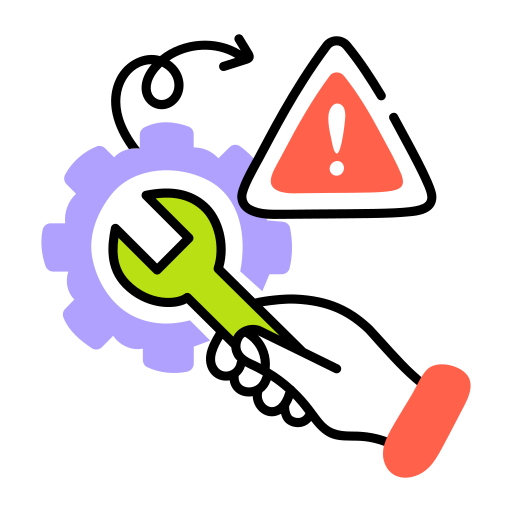Robotics Process Automation
- Home
- Robotics Process Automation
Robotic Process Automation (RPA) streamlines tasks, reduces errors, and enhances efficiency by using software bots to automate repetitive processes, allowing organizations to focus on strategic initiatives.

Why Do Businesses Choose Globtier For Robotic Process Automation?

Expertise and Experience
Evaluate the RPA provider's experience in delivering RPA solutions in the industry and with similar use cases.

Reputation and References
Look for reviews, testimonials, and references from other businesses that have worked with the provider to gauge their performance and customer satisfaction.

Technology Stack
Assess the RPA tools and technologies the provider specializes in and whether they align with the organization's needs.

Cost and Pricing Structure
Consider the pricing model and whether it fits within budget constraints.

Scalability and Support
Ensure that the provider can scale their services to match the organization's growth and provide ongoing support.

Compliance and Security
Verify that the RPA provider adheres to industry standards and regulations related to data security and compliance.
How Does Robotic Process Automation Give A Competitive Edge?

Task Identification
The first step in RPA is to identify the tasks or processes that are suitable for automation. These tasks should be rule-based, repetitive, and involve interactions with digital systems, applications, or data.

Error Handling
RPA bots are programmed to handle exceptions and errors. If an error occurs during a task, the bot can be configured to either correct the error or notify a human operator for intervention.

Scalability
RPA implementations can be scaled up or down easily to accommodate changing business needs. Additional bots can be deployed as workload increases, and bots can be reassigned or retired as necessary.

Data Input and Output
RPA bots can input data into systems, extract data from systems, validate information, and make decisions based on predefined rules. They can also handle data formatting and transformation.

Integration
RPA bots can integrate with multiple systems and applications, enabling end-to-end automation of complex processes that involve multiple steps and data transfers.

Process Automation
The bots are then deployed to perform the identified tasks. They can interact with various software applications, databases, websites, and other digital systems just like a human operator would.

Monitoring and Management
RPA platforms often provide monitoring and management capabilities. This includes tracking bot performance, managing bot schedules, and making adjustments to bot behavior as needed.

Bot Development
Once the tasks are identified, RPA developers or analysts create software robots or bots using specialized RPA development tools. These bots are configured to mimic human actions, such as clicking, typing, copying, and pasting.

